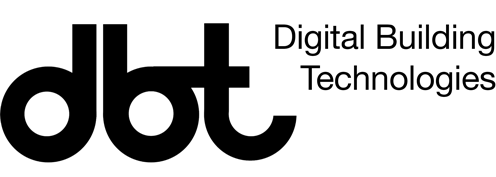Lamella-Inspired Shape Variation
3D Concrete Printing (3DCP) is considered a solution to confront both labor shortages and material waste in the construction industry. However, to realize non-standard, large-scale buildings, substantial amounts of supporting material and manual assembly are still required to print structures with significant overhangs. In response, the study draws inspiration from mushroom lamellae and proposes a […]













